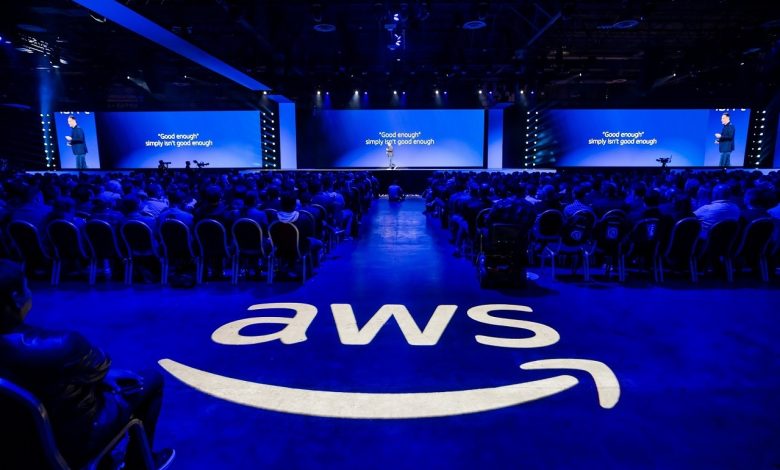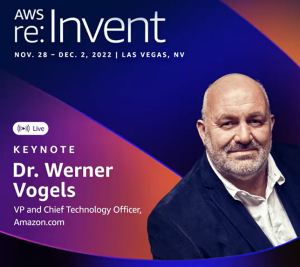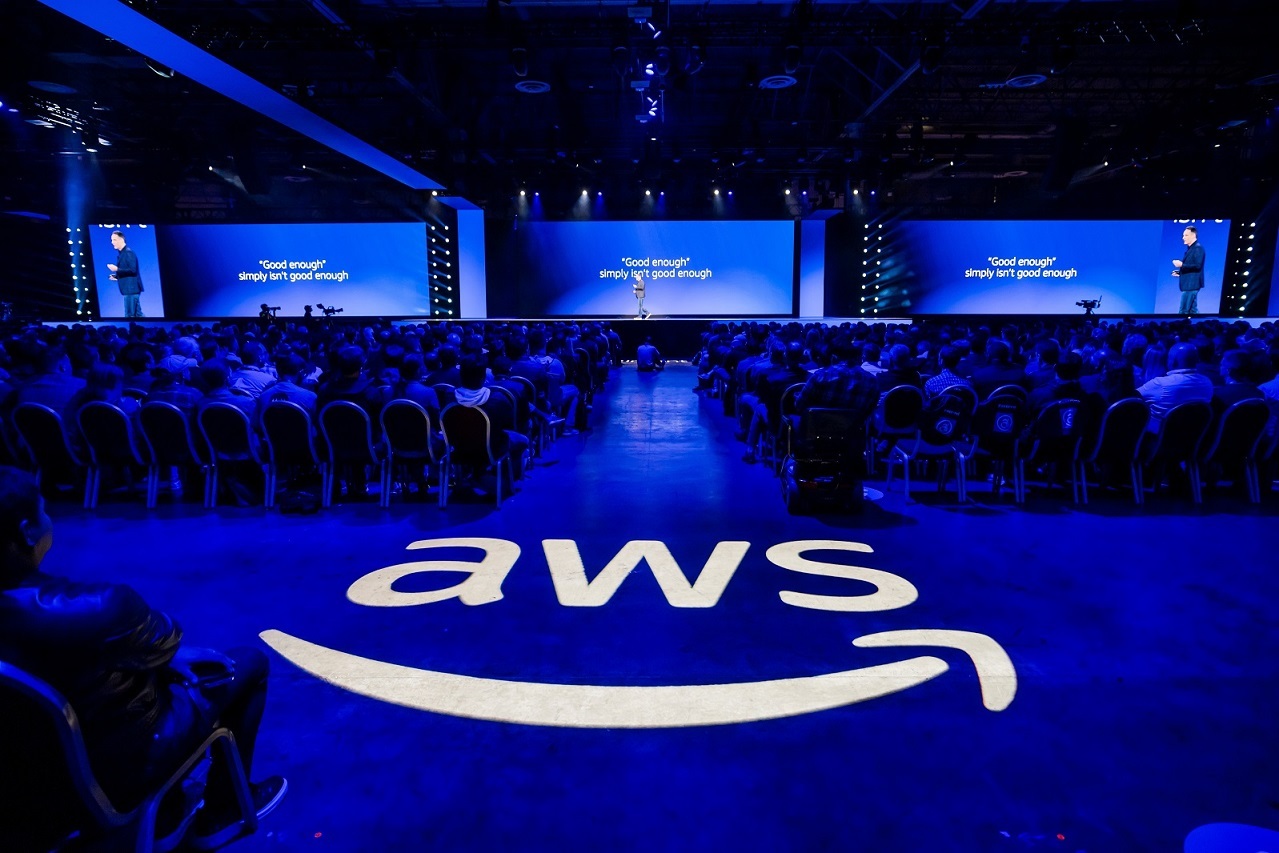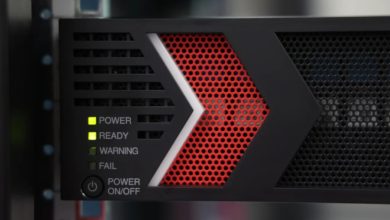
A number of new tools and features for Amazon Web Services Inc.’s cloud platform were released at AWS re:Invent 2022 to aid enterprise developers in creating cloud-based applications without the need to administer physical servers.
 At one of the keynote sessions, Werner Vogels (pictured), CTO of Amazon, spoke about how the event-driven nature of operating systems serves as the foundation for our digital world. Vogels discussed novel ideas on computer architectures, and in his introductory remarks stated that “asynchrony leads to loosely coupled systems,” which means that you can make changes to the architecture without affecting any other parts of the system.
At one of the keynote sessions, Werner Vogels (pictured), CTO of Amazon, spoke about how the event-driven nature of operating systems serves as the foundation for our digital world. Vogels discussed novel ideas on computer architectures, and in his introductory remarks stated that “asynchrony leads to loosely coupled systems,” which means that you can make changes to the architecture without affecting any other parts of the system.
However, he stressed that developing event-driven systems is challenging and complex. Thus, businesses want sophisticated resources to aid in the development of superior next-generation applications, and this is precisely what AWS Application Composer provides.
Application Composer enables development groups to swiftly prototype serverless event-driven apps, review and iteratively improve current projects in tandem, and quickly onboard new team members. This expedites the deployment of initiatives that would have taken far longer to roll out using more conventional methods.
A trial of AWS Application Composer was recently launched to aid developers in creating so-called serverless applications that don’t necessitate the management of cloud servers.
It is a graphical user interface that helps programmers integrate AWS services into their browser-based software with a few clicks and a few drops. This drastically minimises the learning curve for event-driven architectures for development teams and facilitates the design of serverless applications.
For More Convenient Communication Between Programmes, Meet EventBridge Pipes
During the event, the general availability of EventBridge Pipes was also announced, another solution aimed at simplifying the development process for serverless event-driven applications. EventBridge Pipes facilitates the linking of applications to sources of data with minimal effort. It allows for the seamless integration of point-to-point data sending between event producers and consumers from a wide variety of Amazon services.
In addition, Amazon declared that AWS Step Functions would now be able to assist serverless applications with large data processing workflows. That paves the way for the consumption of massive data sets, be they photographic, logging, or monetary.
“The ‘dirty secret’ is that event-driven, asynchronous applications consume fewer resources — so cloud vendors have an innate interest to have customers build more of them, as it gives them better resource utilisation,” said Mueller. “But it is a win-win-win — for the user, the developer and the platform.”
To Facilitate Software Development and Distribution, AWS Presents CodeCatalyst
In addition, Amazon launched the preview of Amazon CodeCatalyst, which gives development teams access to all the tools they need to plan, build, code, test, and deploy apps to make it even easier for developers to create and deliver software to AWS.
CodeCatalyst is an end-to-end suite of automation tools meant to drastically cut down on the amount of time it takes for development teams to produce software. It does this by providing project blueprints that can be followed to quickly set up all the required configurations for technologies, architecture, infrastructure, and services. When everything is set up, developers can automate their workflows and get down to coding without having to worry about the underlying infrastructure.
Though GitHub and Jira can be used in place of CodeCatalyst’s integrated source repository and issue tracker, the latter two will not affect the functionality of CodeCatalyst itself. The goal of the entire platform was to provide a unified setting in which AWS’s development and operations teams could work together, test their code, and quickly roll out new features to customers.





